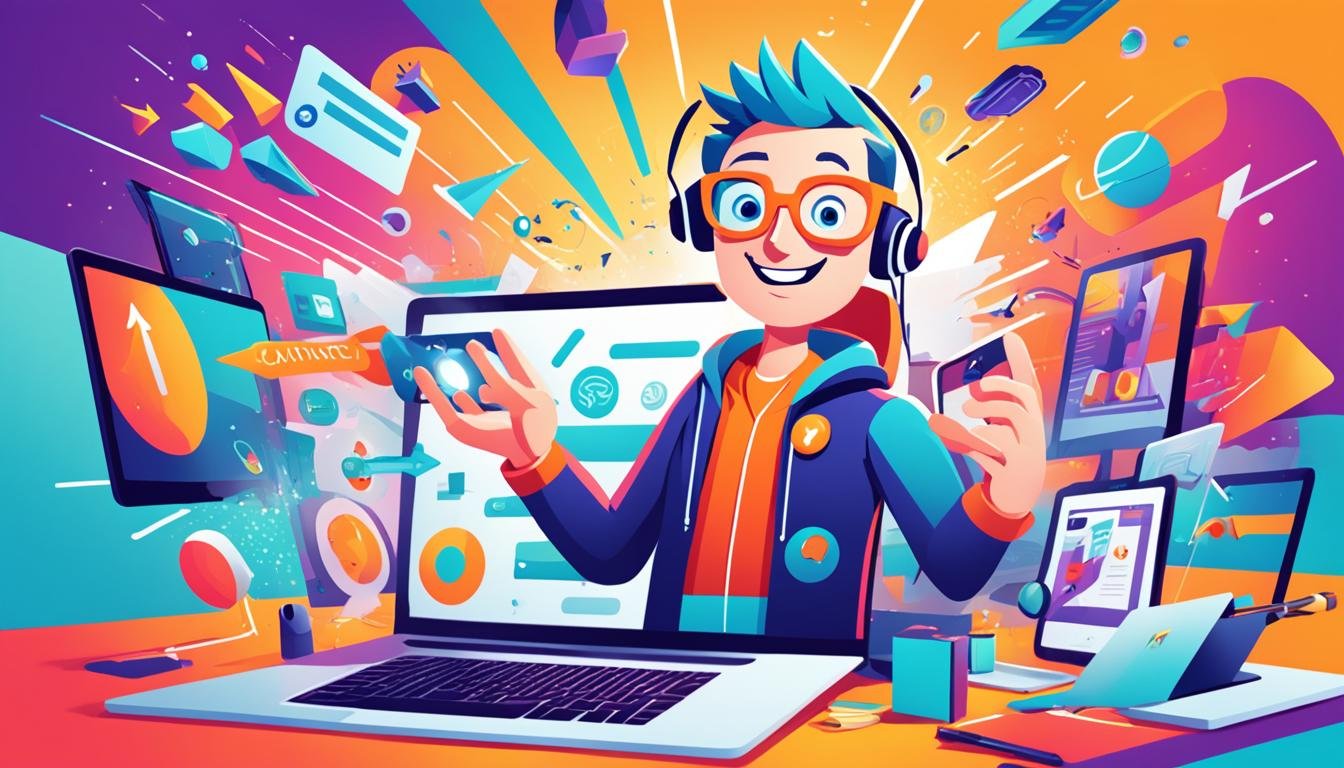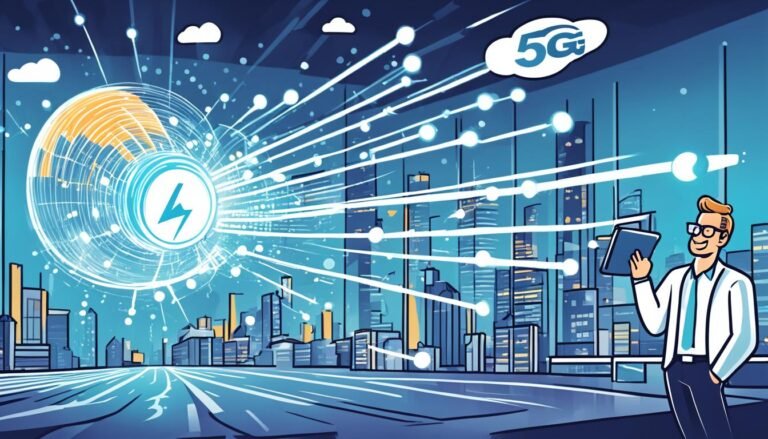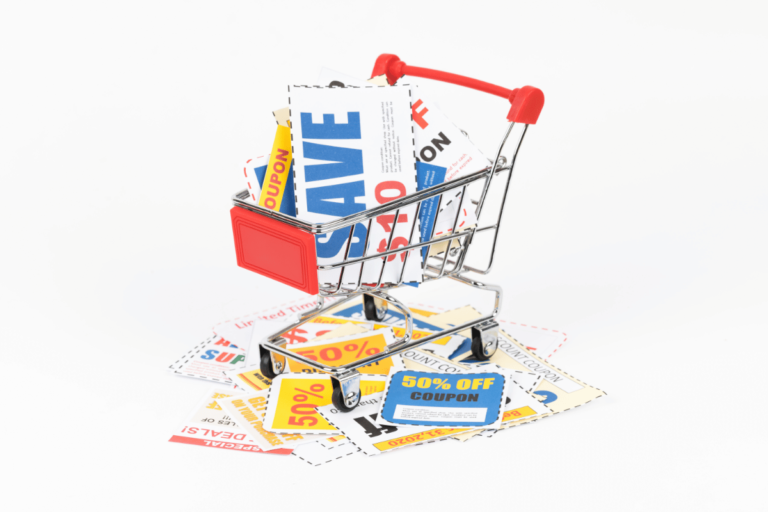Experiential Marketing Online: Creating memorable digital experiences.
Did you know that 90% of marketers see big wins with digital experiential marketing? This fact might surprise those who think traditional marketing is still the best. Today, making experiences that excite and keep customers coming back is key. Experiential Marketing Online focuses on creating deep connections with customers through fun, interactive ways.
This approach is different from old-school and online marketing. It’s all about making customers feel part of something special. By doing this, brands can grow a community of fans who love and talk about them.
Key Takeaways
- 90% of marketers report significant success with digital experiential marketing.
- Personalized engagement through virtual brand activations fosters lasting impressions and drives consumer loyalty.
- Immersive experiences play a crucial role in creating emotional connections with consumers.
- Virtual experiential marketing allows for custom-tailored experiences that resonate with consumers.
- Experiential marketing campaigns lead to higher customer loyalty and conversion rates.
Understanding Experiential Marketing Online
In today’s fast-changing digital world, experiential marketing is key for brands wanting to connect deeply with their audience. It’s also known as engagement marketing, live marketing, and more. This method creates interactive digital experiences that touch consumers on an emotional level.
Definition and Core Elements
Experiential marketing is about making memorable interactions that let people connect with brands personally. It’s different from old-school marketing, which was mostly one-way. This approach builds connections through senses and boosts brand awareness. The main parts include:
- Hands-on experiences and product sampling
- Interactive digital experiences
- Engagement through social media and hashtags
- Event-based activities that match brand values
The Importance of Experiential Marketing in the Digital Age
Experiential marketing is very important today. With 80% of consumers using social media for advice on purchases and 92% of people trusting friends and family over brand messages, it’s key to create emotional connections. This method builds loyalty, spreads the word, and increases brand awareness.
Difference from Traditional/Digital Marketing
Traditional marketing focuses on direct KPIs like cost per click. Experiential marketing looks at indirect metrics like social media engagement and emotional connections. It’s different from digital marketing, which can feel distant. This approach creates unique, unforgettable experiences that set brands apart and encourage sharing online, boosting brand visibility.
The Impact of Virtual Experiential Marketing
Virtual experiential marketing has changed how brands talk to their audience. It uses new tech like augmented reality (AR) and virtual reality (VR). This makes online brand interactions personal and memorable, touching people on an emotional level.
Personalized Engagement
Now, personalized online brand interactions are key. Virtual experiential marketing offers unique experiences to each person. AI and the metaverse help make sure every interaction feels special and matches what the person likes. This makes users happier and more loyal to the brand.
With new tech like haptic feedback, virtual worlds feel more real. People don’t just watch content; they interact with it. This builds stronger emotional bonds with brands. Starbucks’ “Holiyay Filter” and Qlik’s virtual conferences show how AR and VR create these personal connections.
Branded and First-Hand Experiences
Virtual experiences mix the digital and real worlds for consistent and engaging interactions. For example, Wayfair uses AR tools so people can see products in their own spaces. This makes shopping feel more real.
The move to virtual marketing lets brands reach more people without spending a lot. It offers new ways for customers to interact with brands. McDonald’s uses interactive billboards to make a lasting impression on their audience.
The pandemic made virtual experiential marketing more popular. It showed the value of engaging with brands actively rather than just watching. As tech like IoT gets better, the ways to make engaging brand experiences grow.
Creative Virtual Events and Campaigns
In today’s digital world, creative virtual events are key for brands wanting to connect with customers deeply. These events use the latest tech to make interactions fun and engaging. This lets people feel a real bond with brands.
Immersive Technologies in Marketing
Technologies like virtual reality (VR) and augmented reality (AR) change how we experience things. Brands use these to make their marketing feel real and interactive. For example, VR lets people try out products in a virtual world, making them more interested in the brand.
AR adds digital stuff to the real world, so people can see products in their own space. This is great for things like shopping and looking at houses, as it helps people make up their minds faster. The rise of these techs shows a big change in how brands can wow their audience online.
Examples of Successful Virtual Events
Some brands have really stood out with their virtual events. The NBC Peacock Playground was a hit, offering fun games and meet-and-greets with shows. It showed how mixing fun with engagement can make an event unforgettable for everyone.
Benefit Cosmetics also did well with their lashtastic campaign. They used AR to let people try on different eyelashes virtually. This made shopping more fun and helped increase sales. By focusing on creative online events, brands can build strong connections with customers and boost sales.
Leveraging Interactive Digital Experiences
In today’s world, using interactive digital experiences is key for brands to make a mark and connect deeply with people. Tools like web or mobile games and virtual try-on tech are great for this. They make customer experiences fun and engaging.
Web or Mobile Games
Games on the web and mobile are now big for brands to chat with customers in a fun way. For example, the Rickmobile tour hit 42 cities to promote Rick and Morty stuff. It shows how games can make marketing fun and shareable.
Delta’s Stillness in Motion at the 2015 TED Conference was another hit. People tried it out with mirrors and heart rate monitors, creating a lot of buzz online. This shows how games can make a big impact and keep customers talking.
Virtual Try-Ons
Virtual try-ons are changing online shopping by letting customers see and customize products first. They make shopping online better and connect customers more with brands. Benefit Cosmetics’ Lashtastic campaign in 2021 is a great example of this.
They used Virtual Atoms for a fun online experience to promote their mascara. It made a big splash with customers.
Coca-Cola’s #ShareACoke let customers put their names on Coke bottles, making it a global hit. Virtual try-ons in marketing give customers a real, hands-on feel. This builds loyalty and drives sales.
Building Emotional Connections with Consumers
In today’s fast-paced digital world, making emotional connections with consumers is key for brands. They aim to build loyalty and advocacy. By using sensory marketing online, companies can touch people’s feelings, not just their eyes.
Engaging the Senses Online
Brands need to focus on sensory marketing online to connect with consumers. They use different senses to grab attention. For example, ads with immersive audio or apps with touch feedback make experiences stand out.
Using many senses helps bridge the gap between online and real life. This creates a stronger emotional link with the audience.
Creating Memorable Experiences
Creating memorable experiences is key for emotional connections. Brands like Disney, Tesla, Apple, and Sony make people feel something special. They focus on fulfillment, identity, and more to spark strong feelings.
A big bank saw a 70% jump in credit card use among Millennials with a new product. This led to a 40% increase in new accounts. Emotional connections drive loyalty and turn customers into brand fans.
Investing in emotional campaigns boosts brand loyalty and turns customers into advocates. Emotional motivators linked to buying habits can make customers loyal. This leads to long-term success and growth.
Strategies for Engaging Customer Experiences
In today’s market, making customer experiences engaging is key to success. Brands should focus on personalized interactions and creating spaces where customers can share their own stories. This approach boosts satisfaction and loyalty.
Personalized Online Brand Interactions
Personalized online interactions make customers feel special. Research shows 81% of customers pay more for great service. Brands that keep customers happy can see a 5% increase in loyalty.
Personalized engagement means:
- Targeted communications: Send messages and offers that match what customers like and do.
- Customized experiences: Use data to make experiences that speak to each customer.
- Responsive customer service: Quickly answer questions and concerns to gain trust and loyalty.
Spotify uses data to make playlists for each user. This makes listening to music more fun and keeps customers coming back.
Social Sharing and User-Generated Content
Encouraging people to share and create content helps brands grow and connect with customers. A 2018 study found 40% of people became more loyal to a brand after an event. Here’s how to get more user-generated content:
- Creating shareable moments: Make experiences that look good and are fun to share online.
- Hosting contests and challenges: Get customers to make and share content for a prize.
- Showcasing customer stories: Put user-generated content on your official channels to create a community feel.
Coca-Cola’s “Share a Coke” campaign was a hit. Customers put their names on bottles, shared photos, and helped spread the word.
Advantages of Experiential Marketing Solutions
Experiential marketing solutions bring many benefits to brands. They help increase heightened brand awareness. By offering unique and memorable experiences, brands can get noticed more. Almost all people who take part in events share their experiences online, boosting brand visibility.
These strategies also create deep emotional connections. They make 71% of consumers more loyal and likely to recommend the brand. People are more open to marketing messages when they’re part of these engaging experiences.
Experiential marketing helps teach people about products in a hands-on way. This leads to better buying decisions. For instance, virtual try-ons let people feel what the product is like before they buy it.
Building a community is another key benefit. It makes customers feel they belong, which keeps them coming back. Nielsen found that 91% of consumers want to try brands with good online reviews. This shows how strong community support can help a brand.
Lastly, these strategies give brands valuable insights. By tracking things like event attendance and social media buzz, brands learn a lot. This helps them make their marketing more effective and targeted.
In summary, online experiential strategies offer big advantages. They boost brand awareness, create strong emotional bonds, educate consumers, and provide valuable insights. These benefits make experiential marketing a key tool in today’s market.
Case Studies: Successful Online Experiential Strategies
Looking at how brands use online experiential strategies can help us improve our own campaigns. By studying specific cases, we learn what works well and what doesn’t. This helps us make better choices for our marketing.
Examples of Brands Using Experiential Marketing
Many top brands have used virtual events and experiential marketing to connect better with their audience. Here are some examples:
- Red Bull: They live-streamed Felix Baumgartner’s skydive, watched by over 8 million people. It’s a great example of live experiential marketing.
- Coca-Cola: Their “Share a Coke” campaign let customers find bottles with their names. It led to a 7% increase in sales in Australia.
- Nike: They offered personalized shopping experiences through their app. This boosted customer engagement and sales.
- Sephora: Their Virtual Artist feature let users try makeup virtually. This increased online engagement, app downloads, and sales.
- Airbnb: They offered personalized travel experiences. This led to happier customers and more repeat bookings, building loyalty.
- Spotify: Their “Spotify Everywhere” campaign got a lot of social media attention. It shows how brand activations can make a big impact.
Key Takeaways from Case Studies
From these examples, we can see a few important points:
- Personalization: Making experiences personal for users, like Nike and Sephora did, boosts engagement and loyalty.
- Social Sharing: Encouraging people to share their experiences helps spread the word. Coca-Cola and Spotify saw big social media success.
- Augmented Reality (AR): Using AR, like Sephora did, can really get people involved.
- Video Content: Video is powerful for experiential marketing. It’s effective and gets shared a lot.
- Live Streaming: Red Bull’s live streaming shows the power of real-time engagement in marketing.
These case studies show that well-thought-out online experiential strategies can lead to memorable brand interactions. From personal touches to new tech, there are many ways to make your campaign stand out.
Conclusion
Experiential marketing online has become key for building strong connections between brands and consumers. It uses personalized, immersive, and emotional ways to engage people. This approach has shown to make customers more loyal to brands.
Statistics show that 87% of customers come back if they have a good experience with a brand. This highlights how crucial it is to create memorable digital experiences.
Brands like IKEA and Amazon use VR to make virtual showrooms and pop-up shops. These efforts boost brand awareness and let consumers connect on a deeper level. Crowd Culture, a top experiential marketing agency in Australia, shows how data and insights can shape unique experiences that meet customer needs.
The experiential marketing market is set to hit $57 million by 2027. Brand activations and creative marketing tactics help make brands stand out. They encourage people to share on social media and talk about their experiences.
As companies look for new ways to connect with their audience, experiential marketing proves its value. It builds loyalty, strengthens a brand’s online presence, and thrives in today’s competitive digital world.
Source Links
- What is Digital Experiential Marketing: The Power Of Immersive Brand Experiences
- Experiential Marketing: The Key to Creating Lasting Connections with Your Audience
- Why Digital and Experiential Marketing Deliver Powerful Results
- Experiential Marketing: How To Create Immersive Brand Experiences (2024) – Shopify
- What is experiential marketing?
- How Virtual Elevates Experiential Marketing to the Next Level – Exhibitus
- The What & How of Virtual Experiential Marketing | Brafton
- 5 Real-Life Examples of Experiential Marketing
- Top experiential marketing news sites to stay ahead of the curve
- What Does Experiential Marketing Look Like in a Digital World? – Paved Blog
- Immersive Experiences & Experiential Marketing – SpeedPro
- A comprehensive guide to experiential marketing for tours and attractions
- The New Science of Customer Emotions
- How Your Brand Can Connect Emotionally With Customers
- Customer Experience Marketing: 5 Strategies to Reduce Customer Churn
- Experiential Marketing: 6 Branded Experiences To Connect With Customers
- Council Post: Five Strategies For Customer Experience Marketing
- Benefits of Experiential Marketing | Pro Motion, Inc
- 12 Advantages of Experiential Marketing You Need to Know – elfo
- 13 Examples of Experiential Marketing Campaigns That’ll Give You Serious Event Envy
- Success Stories in Personalized Experiential Marketing: Learning from the Best
- 10 Inspiring Experiential Marketing Examples (& Why They Work)
- WHAT IS EXPERIENTIAL MARKETING: WHY IT MATTERS AND HOW IT’S CHANGING
- What is experiential marketing? Key strategies to transform your brand





